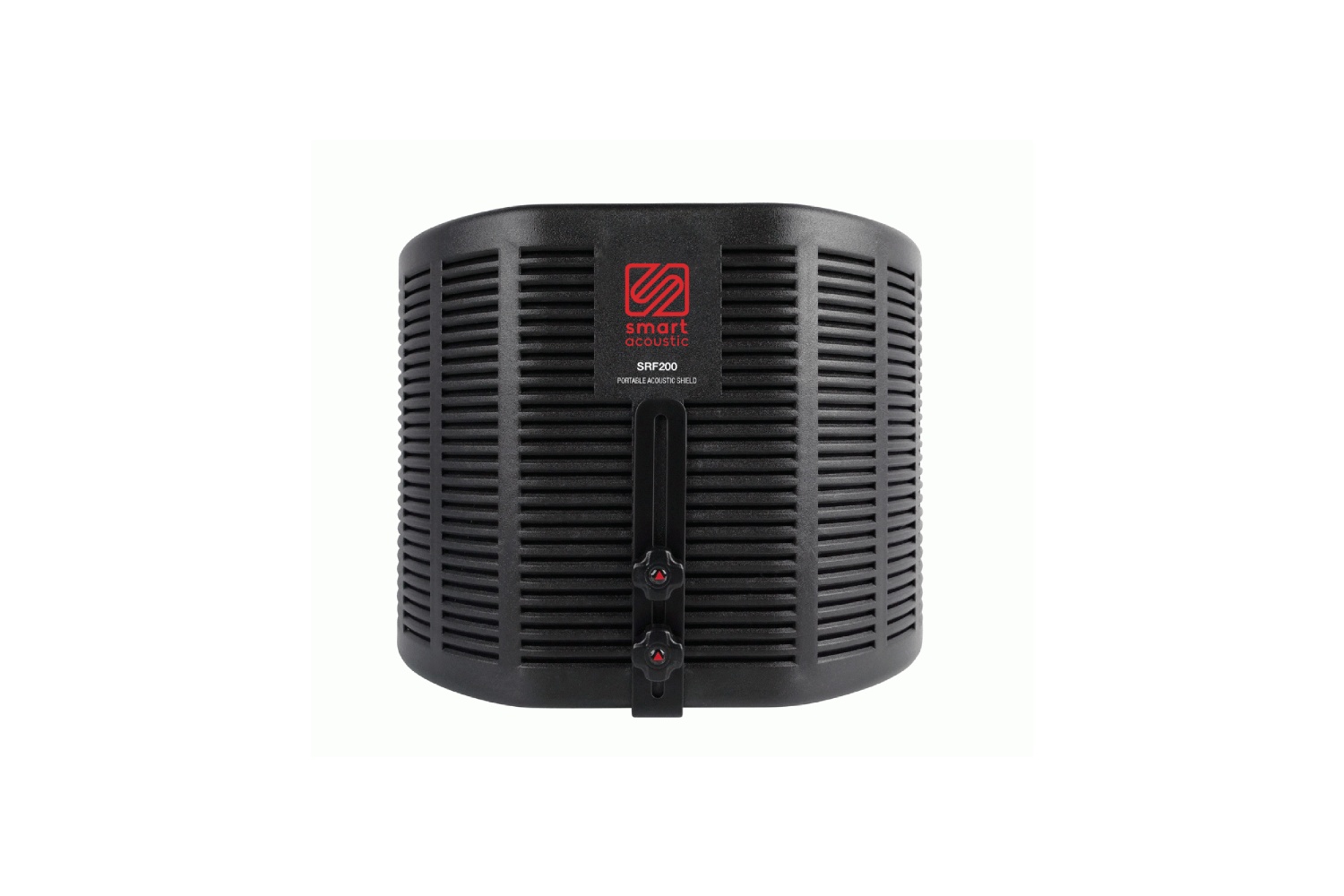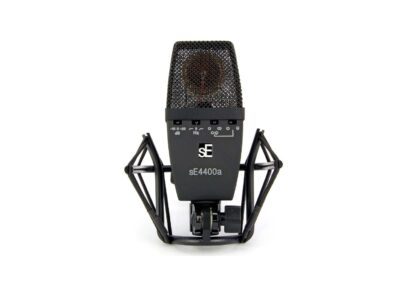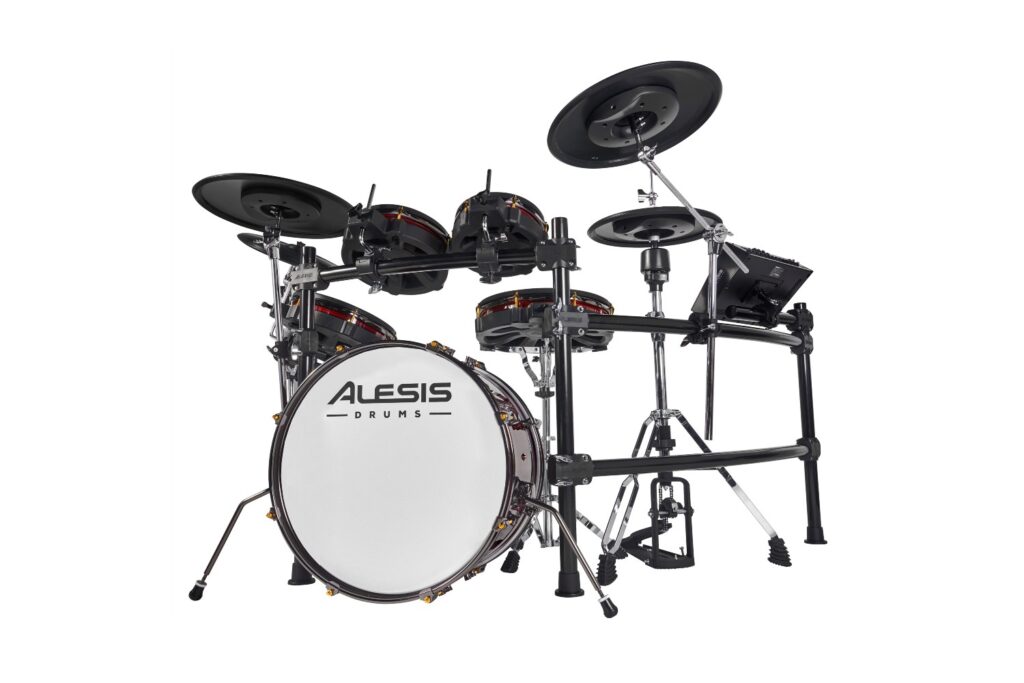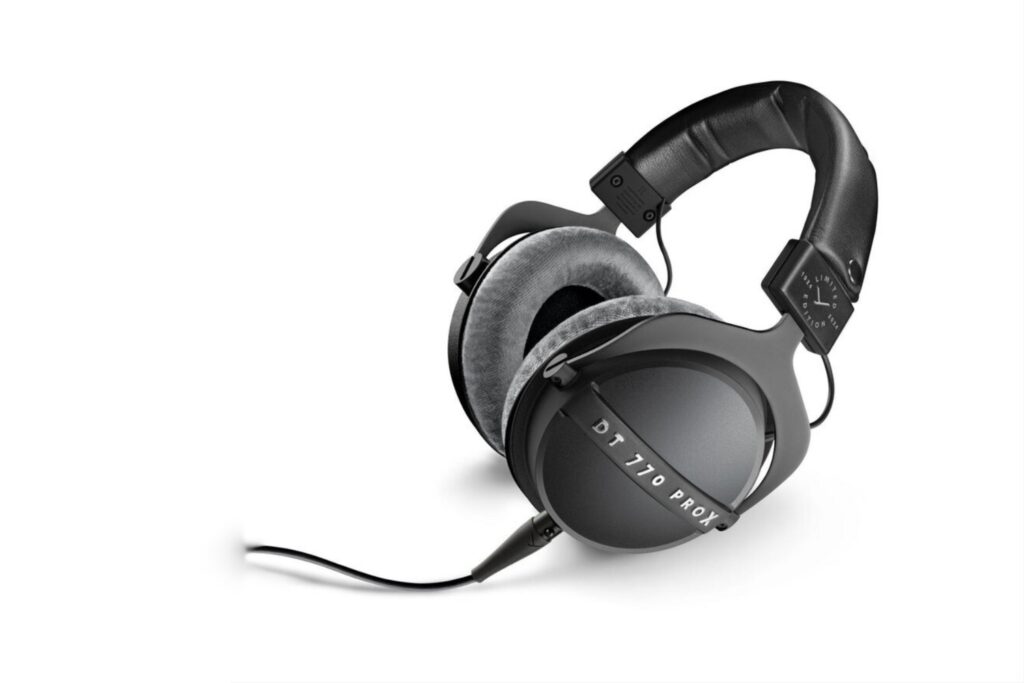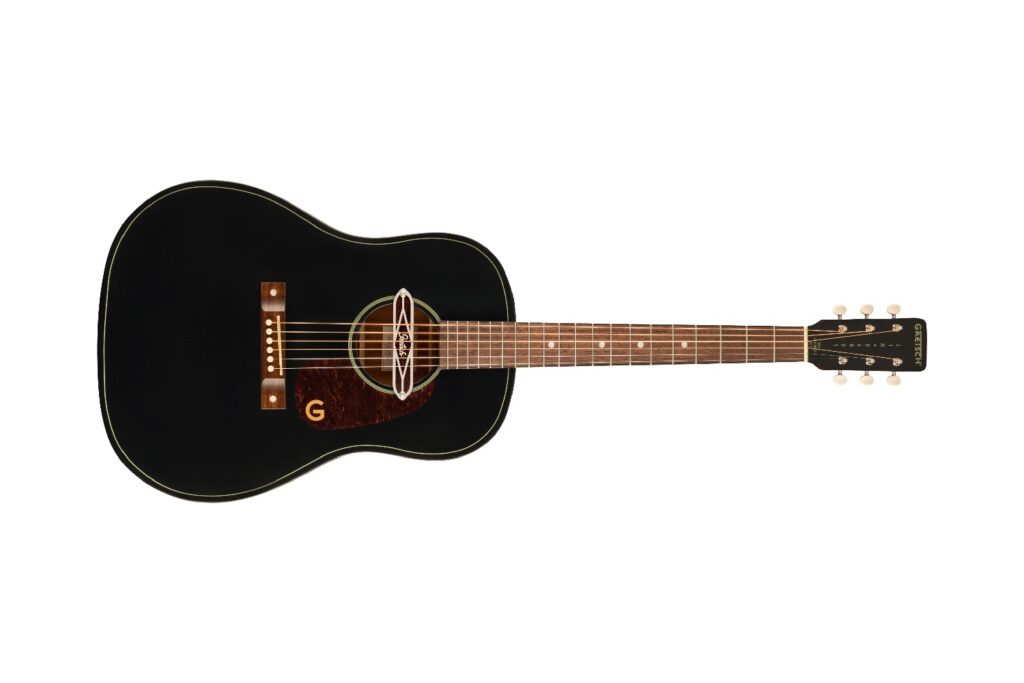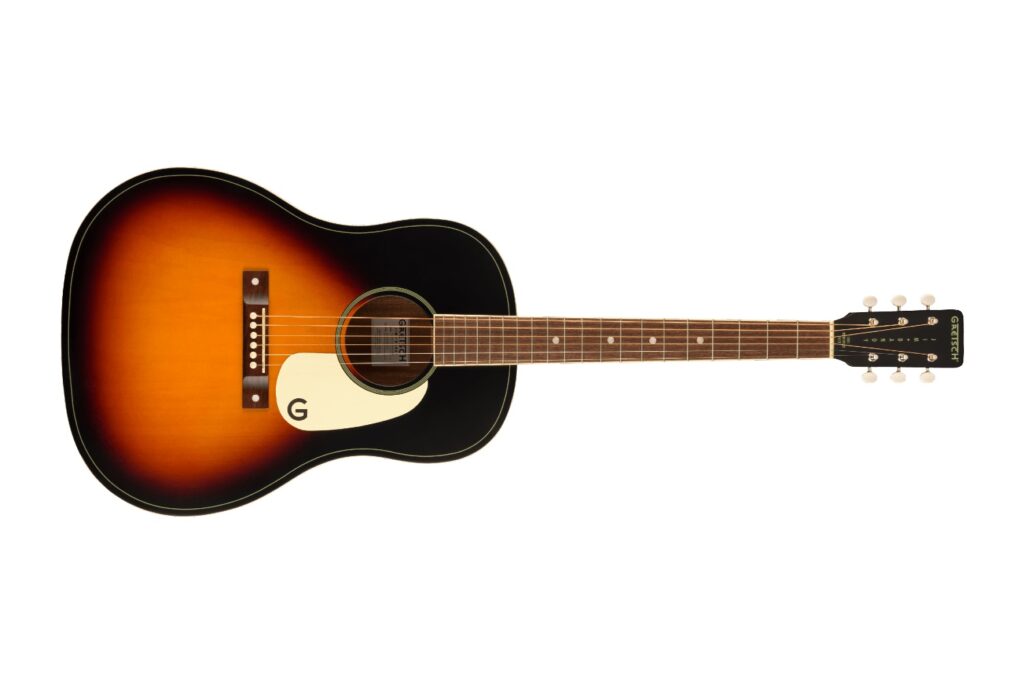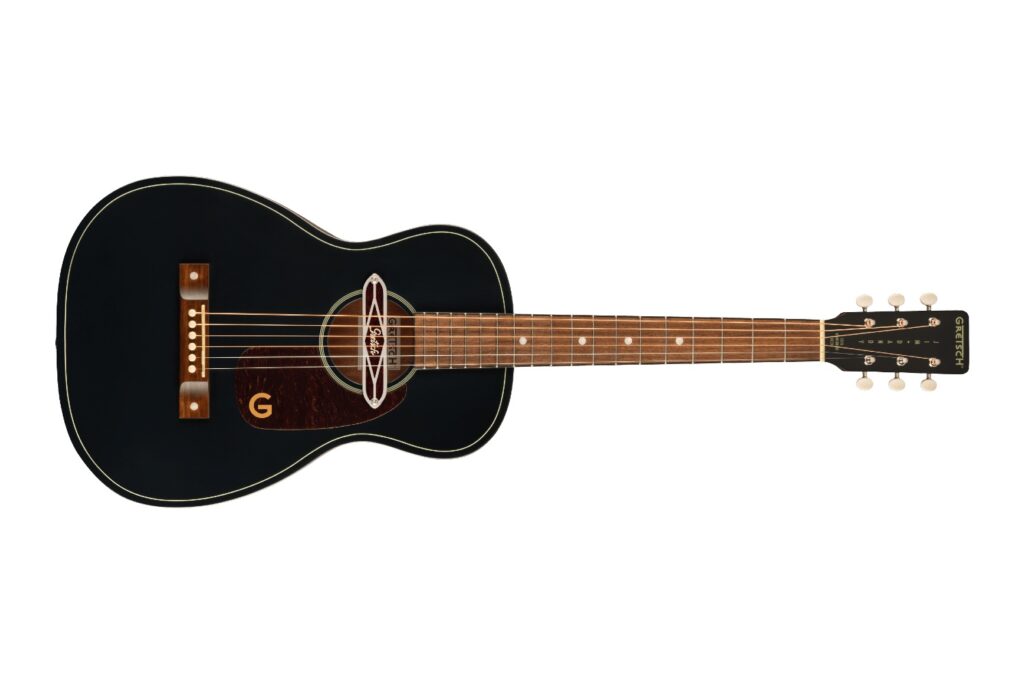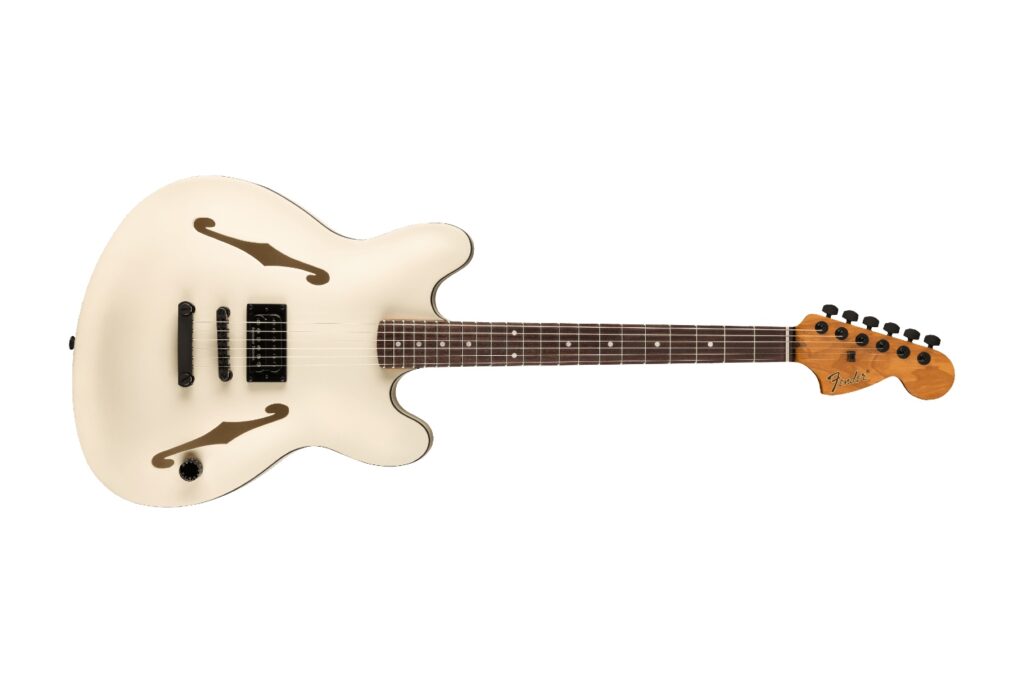Smart Acoustic SRF 200 Reflection Filter | Australis | RRP: $149.99
The developments in home studio recording that we have witnessed over the past three decades have been nothing short of incredible. Vastly more options, inconceivable improvements in quality and greatly reduced pricing have all made better home recording more affordable to everyone with an ear for it. We have seen the development of many clever innovations designed to improve the home recording space, and continual improvements on these over time.
Read more gear reviews here.
One such innovation that has been adopted by a number of manufacturers is the reflection filter, which improves the sound of a studio microphone in a room that is less than ideal. With that, Smart Acoustic, an Australian audio brand, have put their spin on this concept with the SRF200 Reflection Filter – and it’s proving a popular means of acoustic treatment for microphone placement in a home recording setup when budget and space are key.
Let’s face it, this is not a new idea. The reflection filter has been delivered under various guises by a range of audio brands from all around the world. We’ve seen them created for instrument microphones, for vocal microphones and even for larger, multi-microphone setups for use with pianos or drum kits. It has been offered in many shapes and sizes, all with certain purposes in mind, but all offering a key factor – space. The reflection filter allows you to control acoustic reflections in a certain area, usually a compact space. And the Smart Acoustic SRF200 does exactly that.
When I began my journey into home recording, back in the dark ages, known as the ‘last century’, we focused on treating the room. Usually a spare room in the house was taken over and turned into a dumping ground for unwanted cardboard, high density foam, old rugs and soft furnishings, all in an attempt to reduce unwanted reflections, muffle out environmental noise and reduce unwanted equipment noises. Now, all that effort, time and space can be removed and a better result can be achieved with one simple device!
The SRF200 has a three-layer construction consisting of a vented composite shell wrapping around the outer, rear section of the unit. This acts as both the structural foundation and the diffuser to external noises or reflections occurring around the microphone. Importantly, this is not a completely sealed surface, so it diffuses audio reflections and doesn’t trap them, creating vibrations.
The inside of the SRF200 is made up of a further two layers. The first being a wool fabric layer sitting just within the composite shell. This knocks down high frequencies that are often attributed to environmental noise. It not only muffles any sounds coming from the rear of the unit, but also stops high frequencies bouncing off of the inside of the composite shell, so they don’t return to the rear of the microphone capsule. The final layer, closest to the microphone, is made up of vertical slats of high density foam evenly spaced apart. These create pockets of air between the wool layer and their outer edge, which absorbs more of the lower frequencies and offers immediate protection from early reflections.
The result is like creating a perfect studio environment in the two square feet around your microphone. You only need to place your head into the space where the microphone would sit to hear the difference. Bringing your head up above the top of the filter and you’ll notice an increase in environmental noise in a seemingly quiet space. Do so whilst speaking and you will notice your voice goes from a dry signal to a very lively sound that instantly becomes almost hollow sounding with frequency cancellations as you bring your mouth up above the top of the filter.
This is the old trick of placing a seashell up to your ear and suddenly being able to hear the ocean in it. Well, the reflection filter does the complete opposite, but takes away the room when your ears are down within it. Thus, placing your microphone within its confines to record, you get a fuller, richer signal that isn’t affected by cancellation from reflections.
Two mounting attachments can be found in the lower section of the SRF200. The lower mount attaches the SRF200 to your microphone stand, and the upper mount accepts the microphone clip or cradle. The upper mounting bracket within the SRF200 is height adjustable, allowing you to raise or lower the microphone to the perfect position. Not all microphones are the same size, and with the further variation in size that is added by using different shock mounts, it’s important to ensure the microphone’s capsule is situated around the centre of the reflection filter to get the best results.
With that in mind, it is fairly simple to set this unit up and leave it set up. The SRF200 is not heavy, being made of mostly lightweight materials, but it does add mass to your microphone stand. Just be sure to orient the tripod legs on your microphone stand so that one leg is in line with the microphone, to stop it from tipping over with the added mass up top. The addition of a sandbag on one or two legs of the microphone stand will ensure it’s not going anywhere and does aid in reducing vibration up the main shaft of the stand. But it’s not a necessity. What is important is that your vocals will be instantly improved with the use of the SRF200. It doesn’t take up much space, it doesn’t chew into the budget greatly and it doesn’t require any technical know-how to get it working properly. With that in mind, it’s probably one of the most usable home studio audio tools available!
For more information, head to Smart Acoustic. For local enquiries, visit Australis.
